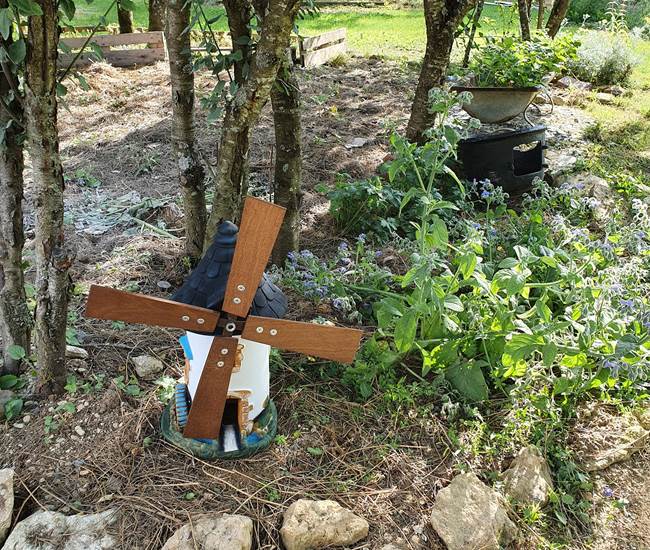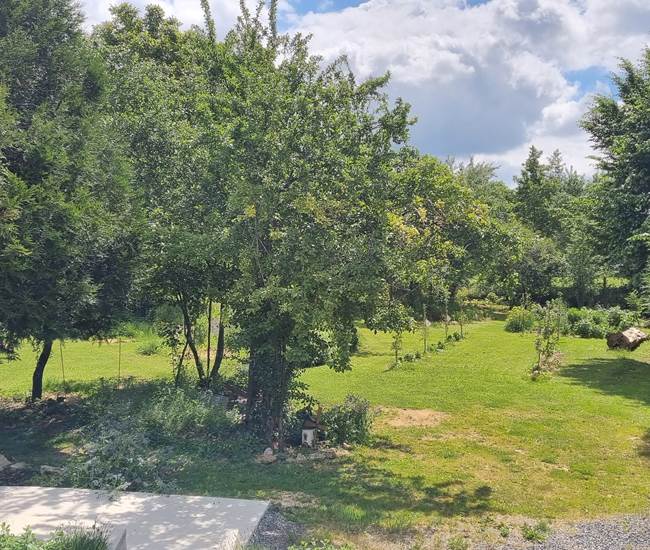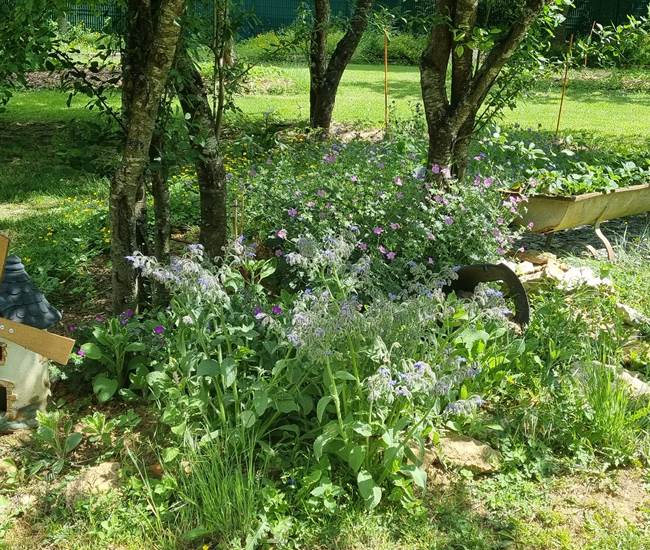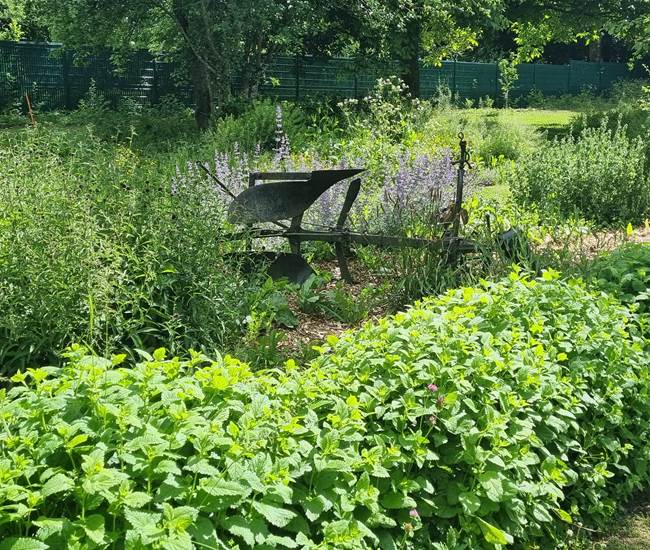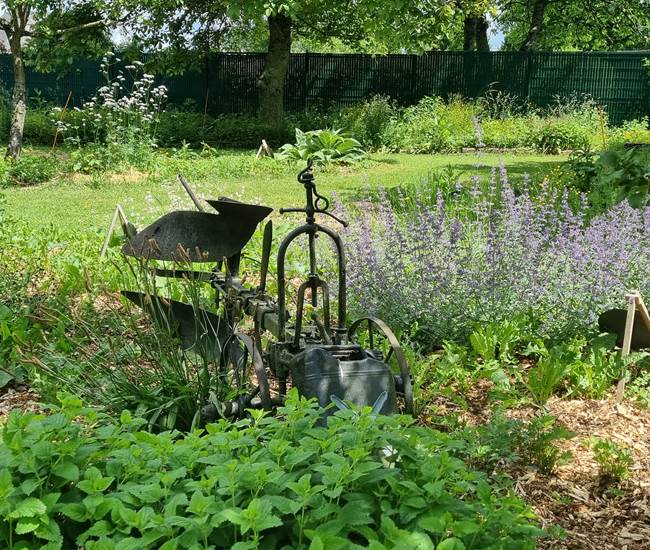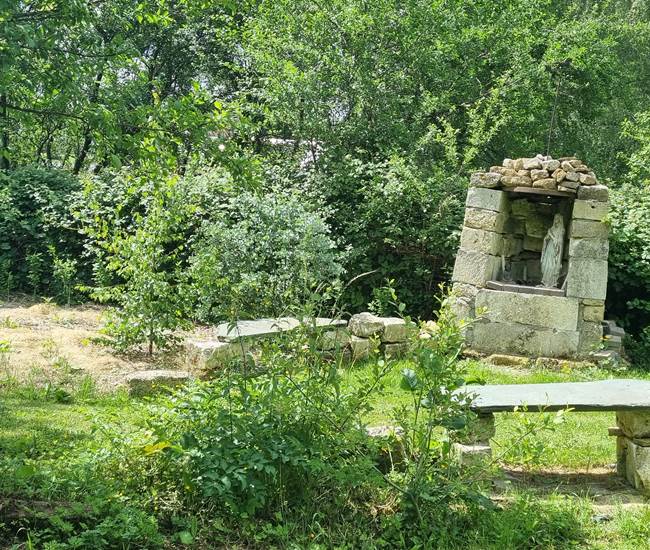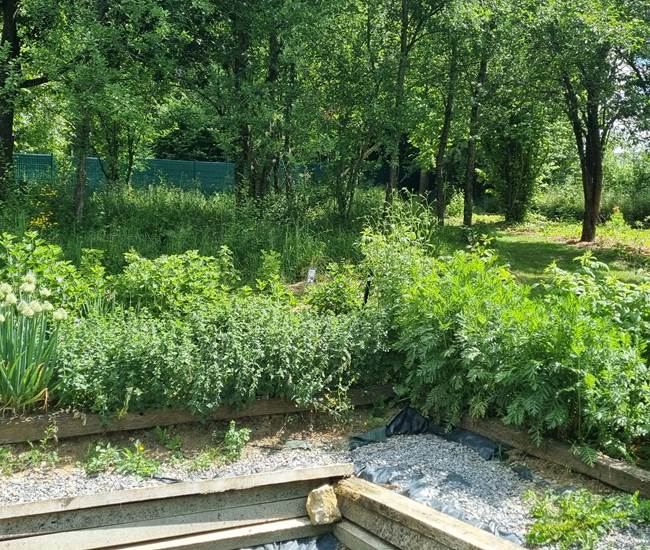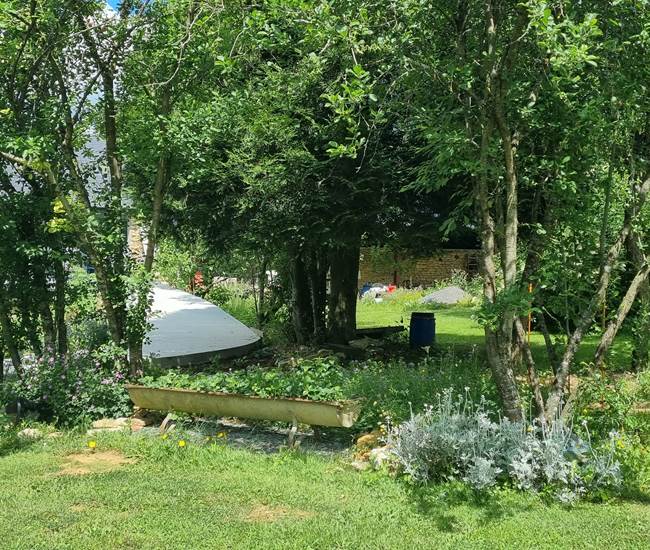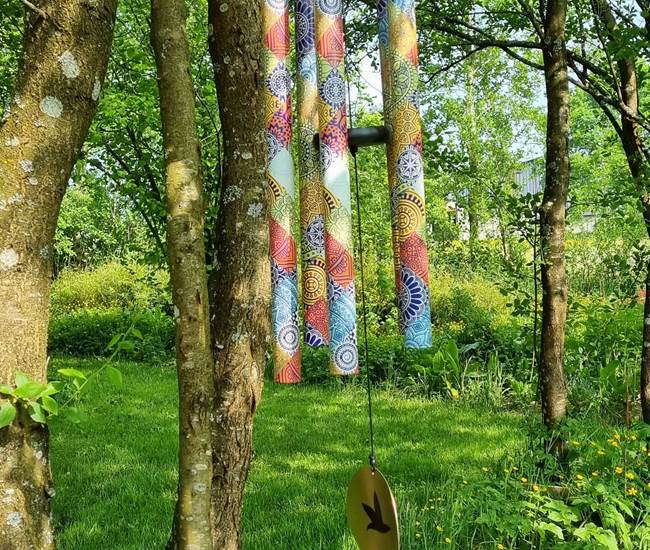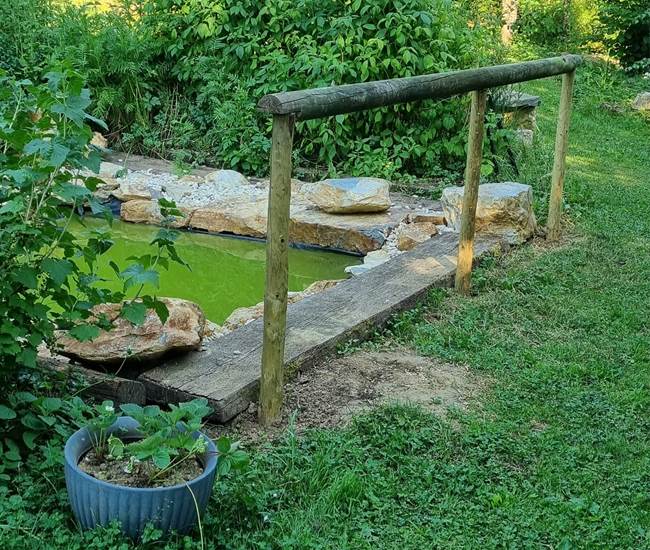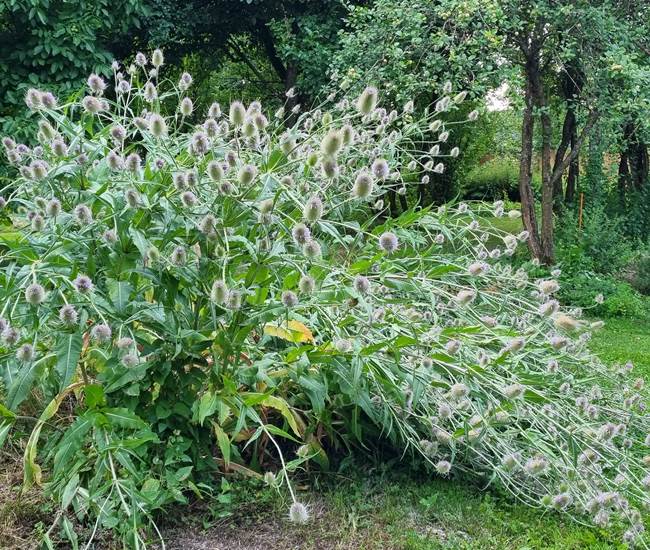The aromatic orchard in motion
The Moving Garden is inspired by the wasteland: a living space left to the free development of the species that settle there. […] Here, the gardener's task comes down to interpreting these interactions to decide what kind of ""gardening"" he will undertake. What a balance between shadow and light, what arbitration between the species present, the objective being to maintain and increase biological diversity, a source of astonishment, a guarantee of the future.
This state of mind leads the gardener to observe more and garden less.
To better understand species and their behavior to better exploit their natural abilities without excessive expenditure of ""contrary energy"" and time.
In this management dynamic, one of the most remarkable manifestations of the Garden in Movement comes from the physical movement of species on the ground.
This rapid and spectacular movement concerns short-cycle herbaceous species – annuals, biennials (poppies, cornflowers, niellos, nigellas, foxgloves, mulleins, mignonette, etc.) – which disappear as soon as their seeds form.
They reappear thanks to terrain accidents – turned over soil – wherever seeds, spread by the wind, animals and humans, manage to germinate.

